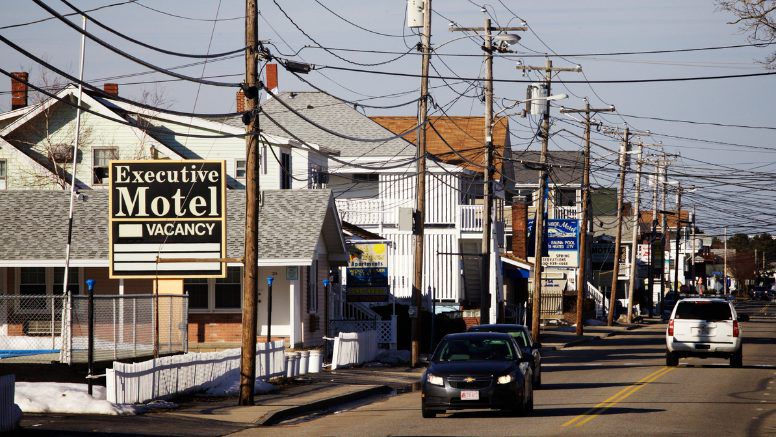At a time when nearly half of Maine households can’t cover basic living expenses, the state remains one of the nation’s top markets for second homes.
York and Cumberland counties were ranked third and fifth, respectively, in a roundup of the 10 U.S. markets that saw the biggest increases in second home transactions from 2022 to 2023. The ranking was done by Pacaso, an online real estate marketplace for second homes.
Maine, which is dealing with an affordable housing crisis driven by a lack of supply, was the only state to appear twice on the top-10 ranking.
York County, Maine’s southernmost county, saw a 16-percent year-over-year increase in the number of second home transactions this year, with an average sale price of $2,074,634, according to Pacaso. York County is home to several tourist meccas and resort towns including Old Orchard Beach and Kennebunkport.
Cumberland County, where Portland, Maine’s largest city, and a number of wealthy enclaves like Cape Elizabeth and Scarborough are located, saw a 14-percent year-over-year increase in second home transactions this year. The average sale price there was $1,716,197, according to Pacaso.
The top two spots went to Newport County, Rhode Island, and Volusia County, Florida. Fairfield County, Connecticut, was fourth, while Rockingham County in New Hampshire was ranked seventh.
These findings weren’t a surprise to legislator Traci Gere, D-Kennebunkport. Maine has one of the highest percentages of vacation and second homes in the country, she said.
“It’s not a new phenomenon, certainly not in the areas I represent,” said Rep. Traci Gere. “At the same time we see even more seasonal homeownership happen, we are seeing it become more and more difficult for working folks to afford a home. It really is a contrast.”
While second homes and seasonal residents contribute to the local economy, specifically in the tourism and construction sectors, a state-sponsored housing report published in October found that many Maine residents interviewed for the study were concerned about the impact of seasonal housing and short-term rentals on the available year-round stock.
The vast majority of vacant housing stock in Maine is made up of seasonal, recreational or occasionally used properties, but data show that many of Maine’s second homes are occupied. From 2019 to 2021, the number of vacant housing units statewide fell by about 14 percent, according to a 2022 report from MaineHousing, the state’s housing authority.
“It seems reasonable to assume (and anecdotal evidence backs this up) that many people came to Maine during these years to purchase property or work remotely or work from second homes that they already owned,” reads that 2022 report.
The existence of second homes doesn’t appear to affect Maine’s affordable housing crisis either way, a MaineHousing representative said.
“I don’t think we can say it “hurts” or helps affordability. It certainly has a number of positive economic impacts, as seasonal residents don’t [typically] place a large demand on public services, like public schools, or other public benefit programs,” said Scott Thistle, a spokesperson for the state housing authority.
Thistle added that the sales of high-priced homes in York and Cumberland counties or elsewhere generate real estate transfer tax receipts that help write down interest rates on MaineHousing’s loan products and homeownership programs.
“A reduction in those tax receipts usually means we need to reduce funding to these and other programs,” Thistle said.
What the data underscores, Gere said, is the need for more workforce housing, starter homes and senior living facilities in communities like Kennebunkport, where the median listing home price is $1.8 million. But to construct those developments in southern Maine, the legislator said the housing committee will need to work on incentivizing builders to do so.
“Many builders are focused on luxury homes because that’s where they can make a strong profit,” Gere said. “We’re looking very closely at ways to support builders and models of construction that entail lower costs, so that the housing that’s produced can be more affordable.”




